Technology & Audio Circuitry
If I had to make just one comment about the K9 Pro ESS, I would call it “overkill”. Of course, when it comes to any technological device, we consumers never complain about extra components. We even say the more the merrier. This is exactly the kind of application in question here. The audio board of the K9 Pro ESS consists of high-end components and is the result of nearly 20 months of R&D. FiiO spared no expense, they even preferred a toroidal linear power supply instead of cost-efficient SMPS power supplies. They used dual asynchronous femtosecond clocks, Nichicon caps, a serious amount of LDOs, and other filtering auxiliaries. Additionally, they did everything they could do to supply clean power. They separated digital power from analog power, they used 8 OP-AMPs to fully utilize all the channels of the ES9038Pro to squeeze every bit of that dynamic range. As I said, FiiO spared no expense for this unit.
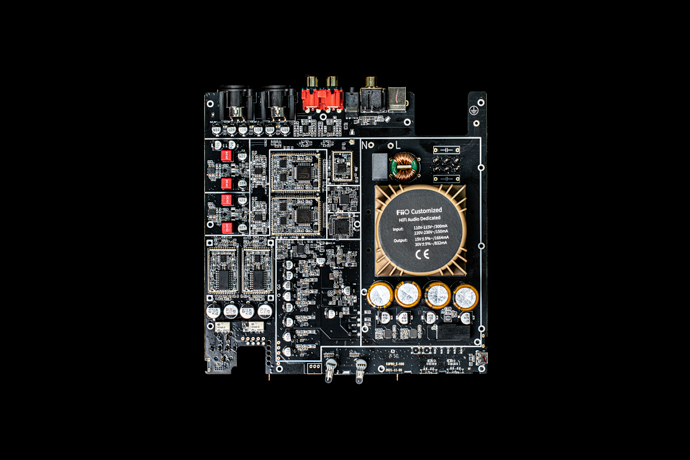
However, not all was well during the R&D. FiiO and THX had to re-do the THX AAA-788 module due to its excessive heat output. Units were experiencing stability issues when operating in high power mode under continuous load for extended periods of time. After countless hours of working together, they came up with the THX AAA-788+. That little plus means it is a better module, built on the 788, improved specifically for the PCB of the K9 Pro. The THX AAA-788+ has lower output impedance, higher heat dissipation efficiency, stronger load capacity, and %50 more output power compared to the original version, according to FiiO’s product manager. That’s quite an achievement. If you want to learn more about this, I suggest checking out this post.
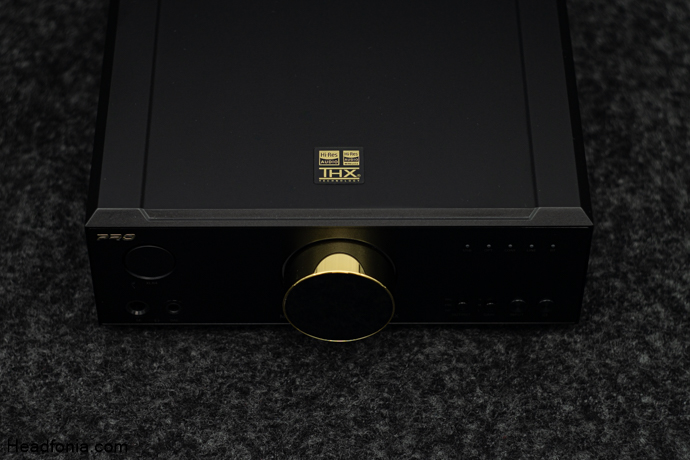
Controls & Operation
As you know, the K9 Pro does not have a screen, frankly, since I like its design very much, I did not look for a screen in my 2 months of use. The entire interface of the K9 Pro ESS consists of LEDs and buttons on the front panel. The 5 status LEDs on the upper right of the front panel indicate the active input of the device. There is also an integrated LED around the volume knob. It is color-coded and it provides various info, including power status, pairing status, and active sample rate or file type during playback. There are 4 switches at the bottom right of the front panel. From left to right, there is an output selector, a gain selector, an input selection button, and lastly, a power/standby button.
Controlling the device is quite easy. Button positioning is quite successful. It takes less than 10 minutes to get to know the controls of the device. Since the K9 Pro ESS is an all-in-one device, it is possible to use the device in many different ways. The device has dedicated DAC, PRE, and AMP modes. In other words, Dual dacs can feed your active monitors, or your beloved power amplifier, directly. While the DAC mode is volume-fixed, the PRE mode is volume-variable. Lastly, the AMP mode activates the headphone outputs on the front. Since the device features a fully balanced architecture, it will be beneficial to use the balanced outputs if you have proper terminations. At the same time, since the output impedance of the device is quite low, it is perfectly suitable with multi-driver IEMs. It has to be said that FiiO has designed the device to be used as a jack-of-all-trades in all kinds of setups and they have done a very successful job.
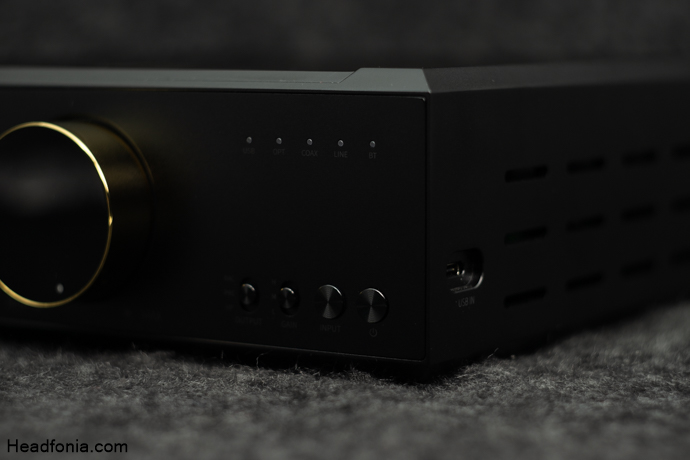
We’ve reviewed many dacs and amps in the past on Headfonia. We see that the remote control is increasingly used in newly designed and manufactured DACs. Once you get used to the convenience remote controllers offer, which speeds up navigation and controls, it becomes a feature you are looking for. Don’t worry though, FiiO has a solution for this dilemma. You can control the K9 Pro ESS via FiiO Control app that is available both on iOS and Android. Unfortunately, the app does not offer volume control if you are not using the Bluetooth input (which then is essentially digital volume control, not hardware). However, once you paired it with your phone, you can change the input mode and the device stays connected to the paired phone, which is nice. The app offers plenty of options. Let’s take a closer look.
There are many settings available and I will try to mention them all in this paragraph. In the app, you can change the volume knob’s status indicator pattern, change the Bluetooth codec priority, or assign an individual codec, such as LDAC as the only active codec. You can also select a new input source via the app. There is also an integrated 10-band EQ within the app. Apart from those, we have a few system controls within the app as well. We have the ability to clear the pairing list and upgrade the firmware of the device using local files. We can also restore to the factory default settings via the app if we encounter any issues during operation. The OTA firmware upgrade feature will be added at a later date so keep an eye out for it. As for the audio settings, we have a channel balance bar and 7 DAC filters to choose from. The app is easy to install and use, it pairs instantly with my phone and the K9.
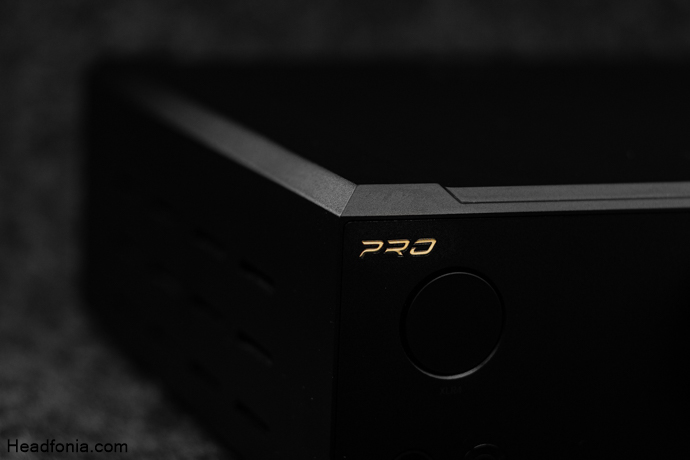
In this last paragraph, let’s go over the wired and wireless decoding capabilities of the K9 Pro ESS. The unit features an XMOS XU208 USB controller. It can decode PCM up to 32bit-384kHz and DSD up to DSD256, natively, via USB. If you are wondering why it does not support DSD512, you can read FiiO’s explanation, here. As for Bluetooth, the unit is equipped with a premium Bluetooth 5 chipset from Qualcomm, the QCC5124. The K9 Pro ESS supports AAC, SBC, AptX LL, AptX HD & LDAC codecs.
The review continues on Page Three, after the click HERE or by using the jump below.
Page 1: FiiO, K9 Pro ESS, Specs & Highlights, Packaging & Accessories, Design & Build
Page 3: DAC Performance, DAC-AMP Performance, Low, Mid, High
Page 4: Power, Technical Capability, Comparisons, Conclusion





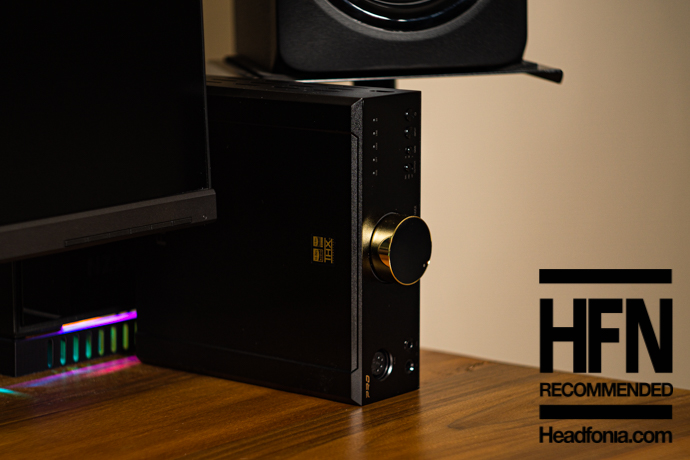
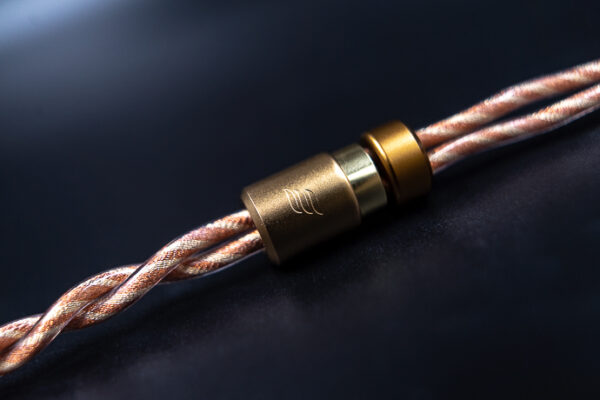
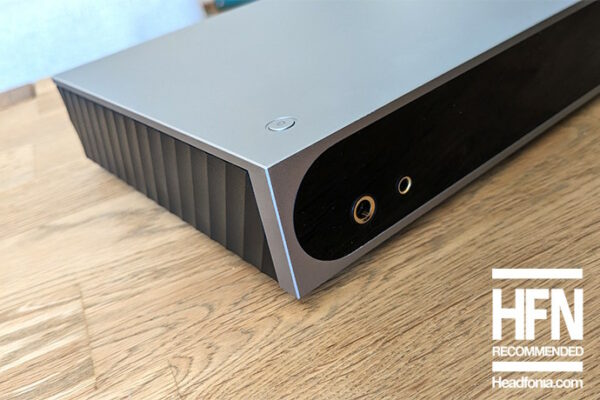
James McCook
Great review thanks.
Good to know that FiiO is stepping up
Israel Silverman
How does it compare against the AK4499 version?
Wojciech Szymański
which headphone output is the best?
Yagiz
The BAL 4.4mm and XLR 4-pin are the same. They perform superior compared to the UNBAL 3.5mm HPO.
Trey
What are your thoughts when you compare the Shanling EM5 against the Fiio K9 pro ess. they are both the same price and i know you have done a review of both.
Yagiz
I did not review the EM5 therefore I don’t know.
Thanks.
Hans P. Heilmann
How is Audeze mm50 to listen with Fiio K9 Pro ESS ?
Thank you for a goid review.
james
Comparison with 400$ range products? i think this dac-amp should be compared with adi-2pro or Dac 3 of benchmark.
Fernando Machado
Hello from Brazil! I’m new to the party, looking for a DAC/headphone amp. Here I found a old Corda Symphony selling for about USD660 and I would like to know how it compares to the new FiiOs! Regards!